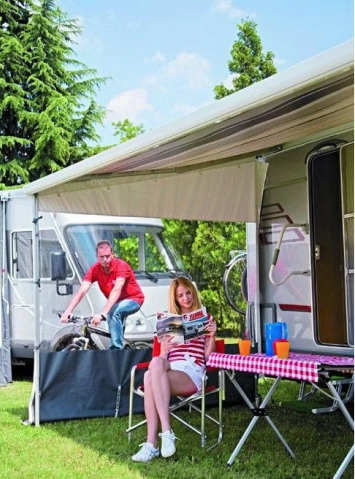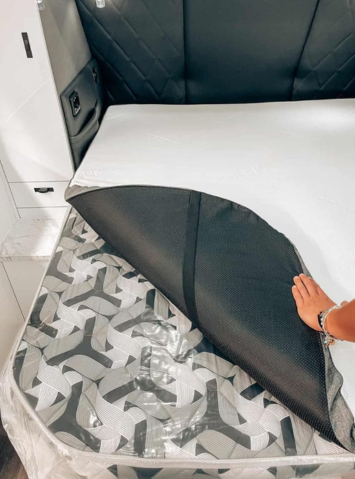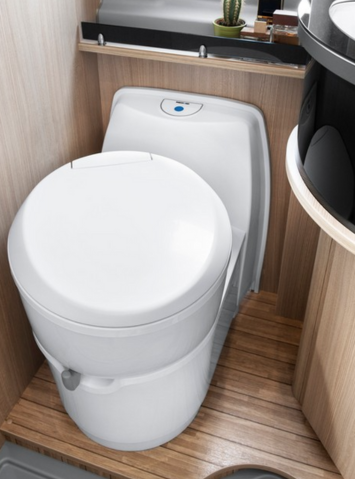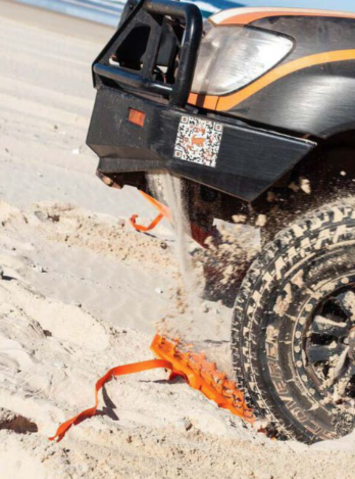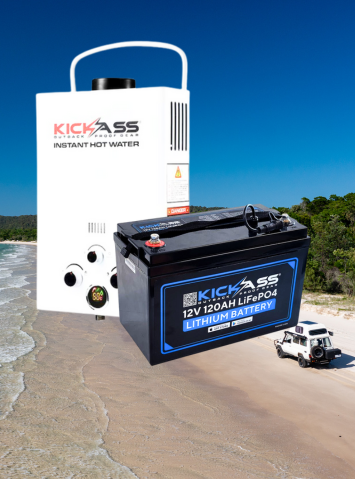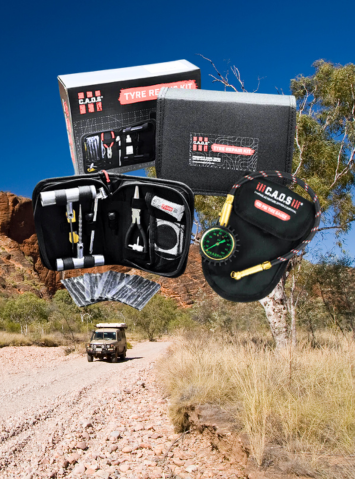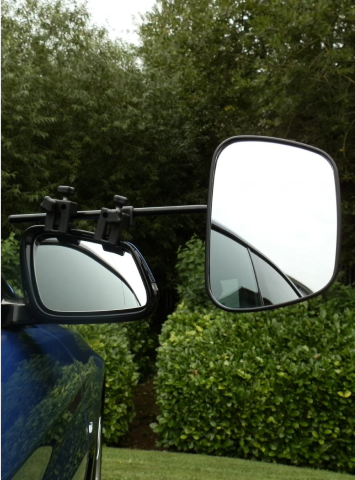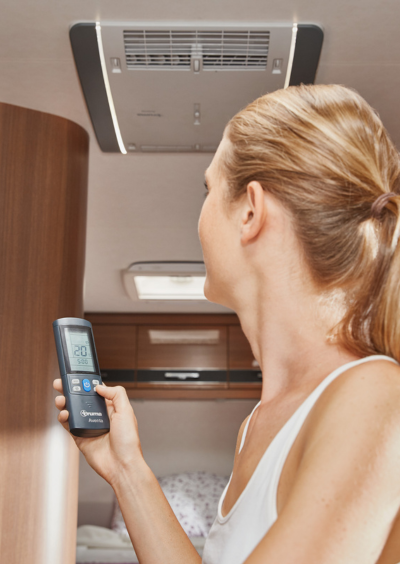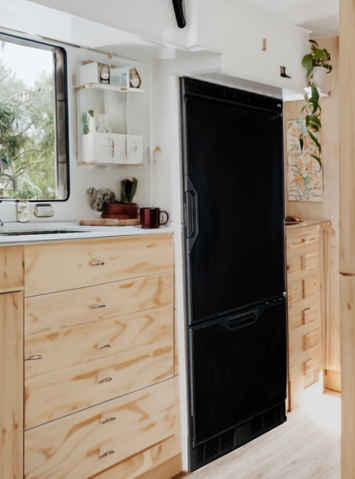Ultimate Guide to Sleeping Bags
5th Jan 2023
Sleeping Bags are an indispensable piece of camping or backpacking gear that provides warmth and comfort while you sleep outdoors.
Choosing the right sleeping bag can make all the difference in having a good night's sleep, whether camping in the summer or winter.
This guide will cover all the important factors to consider when choosing a sleeping bag, including the type of insulation, shape, and size, temperature rating, weight, packed size, and durability.
We will also provide tips on caring for your sleeping bag to ensure it lasts for many camping trips.
By the end of this guide, you will better understand the different types of sleeping bags available and how to find the best one for your needs.
So let's start your journey to finding the perfect sleeping bag for your next adventure.
Here is a comprehensive guide to sleeping bags to help you find the best one for your needs:
- Determine your needs: Consider the type of camping or backpacking you will be doing and the weather conditions you will encounter. This will help you determine the kind of sleeping bag you need, such as a lightweight backpack or a warm and insulated winter sleeping bag.
- Choose the right insulation: There are two main kinds of insulation used in sleeping bags: down and synthetic. Down insulation is lightweight and compressible sleeping bag but can lose its warmth when wet. Synthetic insulation is less expensive and retains warmth when wet, but it is heavier and not as compressible as down.
- Consider the shape and size of the sleeping bag: Sleeping bags come in diverse shapes and sizes to accommodate different body types and sleeping positions. Mummy-shaped sleeping bags are tapered at the feet and are designed for warmth and minimal weight, while rectangular sleeping bags are more spacious and versatile.
- Look for a good temperature rating: Sleeping bags are rated for their warmth, with a temperature range indicating the lowest temperature at which the bag will keep you warm. Select a sleeping bag with a temperature rating appropriate for the weather conditions you will be camping in.
- Consider the weight and packed size: If you are carrying your sleeping bag on your back, the weight and packed size will be important considerations. Look for a lightweight sleeping bag with a small packed size.
- Check the durability: Make sure the sleeping bag is made of high-quality materials and has a sturdy construction. Look for features like reinforced stress points and water-resistant fabrics.
- Read reviews: Research and read reviews from other campers to get an idea of the performance and durability of different sleeping bags.
Weighing these factors, you can find the best sleeping bag for your needs and have a comfortable and warm night's sleep while camping or backpacking.

Different types of sleeping bags
There are several sleeping bags to choose from, each designed for different purposes and weather conditions.
Here are a few of the most common types of sleeping bags:
- Backpacking sleeping bags: These are lightweight bags designed for hikers and backpackers who need to carry their gear on their backs. They are typically mummy-shaped and have a low-temperature rating to minimize weight and packed size.
- 3-season sleeping bags: These are designed for spring, summer, and fall and are suitable for various temperatures. They are often rectangular or semi-rectangular and have a moderate temperature rating.
- 4-season sleeping bags: These are for colder weather and have a low-temperature rating. They are typically mummy-shaped and have more insulation to keep you warm in cold temperatures.
- Ultralight sleeping bags: These are lightweight sleeping bags designed for minimalist backpackers who prioritize reducing the weight of their gear. They often have a low-temperature rating and minimal insulation to reduce weight.
- Double sleeping bags: These are designed for two people to sleep in and are typically rectangular or rectangular. They are wider and longer than regular sleeping bags and are ideal for couples or families.
- Kids' sleeping bags: These are smaller, designed for children, and available in various shapes, sizes, and temperature ratings.
Cleaning and maintaining a sleeping bag is important to keep it in good condition and stay warm and comfortable.
The following is a step-by-step guide on how to wash a sleeping bag:
How to wash a sleeping bag
Check the care instructions on the sleeping bag. Some sleeping bags can be machine washed, while others need to be hand washed or dried cleaned. Follow the specific care instructions for your sleeping bag to ensure it is washed correctly.
If your sleeping bag is machine washable, set your washing machine to the gentle cycle and use a mild detergent. Avoid using harsh detergents or bleach, as these can damage the fabric and insulation of the sleeping bag.
If your sleeping bag needs to be hand washed, fill a large tub or sink with cold water and mild detergent. Gently agitate the sleeping bag in the water to help loosen dirt and stains. Avoid wringing or twisting the sleeping bag, as this can damage the fabric and insulation.
Rinse the sleeping bag thoroughly in cold water to remove all soap and dirt. Make sure to rinse the bag until the water runs clear.
Once the sleeping bag is clean, gently squeeze out excess water and lay it flat to dry. Avoid hanging the sleeping bag, which can stretch the fabric and compromise the insulation. Instead, lay the sleeping bag on a clean, flat surface, allowing it to air dry completely. Depending on the humidity and temperature, this can take several hours or even a full day.
Once the sleeping bag is completely dry, store it in a cool, dry place. Avoid storing the sleeping bag in a damp or humid environment, as this can lead to mold and mildew growth.
Following these steps, you can keep your sleeping bag clean and in good condition, ensuring it stays warm and comfortable for your next outdoor adventure.
Are sleeping bags machine washable?
Most sleeping bags are not machine washable because the filling materials, such as down or synthetic insulation, can clump or lose their loft when subjected to the agitator action of a washing machine.
In addition, the sleeping bag's fabric can become damaged or weakened by the washing process.
If your sleeping bag needs to be cleaned, it is generally best to spot-clean it by hand using mild detergent and warm water. You can also bring it to a professional cleaner with experience cleaning sleeping bags.
Before attempting to clean your sleeping bag, read the care instructions provided by the manufacturer. Some sleeping bags may be machine washable or have specific guidelines for cleaning.
Follow these instructions carefully to ensure you do not damage your sleeping bag.
Do you need a sleeping bag with swag?
A swag is a type of portable, lightweight shelter that is traditionally used for camping in Australia.
It typically consists of a canvas tent or tarp that is suspended between two poles, and it is designed to be set up on the ground without the need for tent poles or other support structures.
A sleeping bag is not necessary to use with a swag, as the swag provides a space to sleep and can be used with a sleeping pad or a self-inflating mattress.
However, some people may prefer to use a sleeping bag in a swag for added warmth or comfort.
Choosing a sleeping bag suitable for the weather conditions you will be camping in. If you are camping in cold temperatures, you will want a sleeping bag with a low-temperature rating to keep you warm.
On the other hand, if you will be camping in warmer temperatures, you can choose a sleeping bag with a higher temperature rating.

Are sleeping bag liners worth it?
Sleeping bag liners are an optional accessory that can provide a number of benefits when used inside a sleeping bag.
Here are a few reasons why sleeping bag liners may be worth considering:
Added warmth: A sleeping bag liner can add an extra layer of insulation to your sleeping bag, helping to keep you warm on cold nights.
Increased comfort: Some sleeping bag liners are made of soft, comfortable materials like silk or cotton, making sleeping in a sleeping bag more comfortable.
Easy cleaning: A sleeping bag liner can protect the inside of your sleeping bag from dirt, sweat, and other grime, making it easier to keep your sleeping bag clean. You can remove the liner and wash it separately if it gets dirty.
Versatility: A sleeping bag liner can be used on its own as a lightweight summer sleeping bag, or it can be used as an extra layer of insulation in a colder climate.
Here is a simple step-by-step guide on how to fold up a sleeping bag:
- Spread the sleeping bag on a flat surface with the inside facing up.
- Find the center of the sleeping bag and fold it half lengthwise so that the head and foot of the sleeping bag are aligned.
- Roll the sleeping bag tightly from one end to the other, starting at the head and rolling towards the foot.
- When you reach the end of the sleeping bag, tuck the end flap inside the roll to keep it in place.
- Place the rolled-up sleeping bag in its storage bag, or wrap it in a compression sack to minimize its size.
It is important to store your sleeping bag in a dry place, as moisture can damage the filling material and shorten its lifespan.
If you are keeping your sleeping bag for an extended period of time, consider adding a few silica gel packets to the storage bag to absorb any excess moisture.
